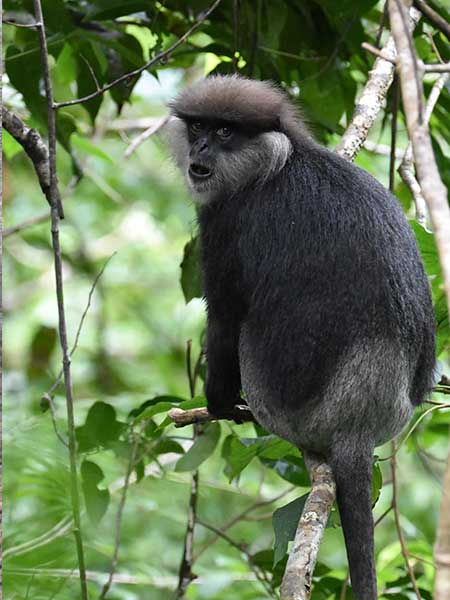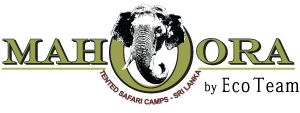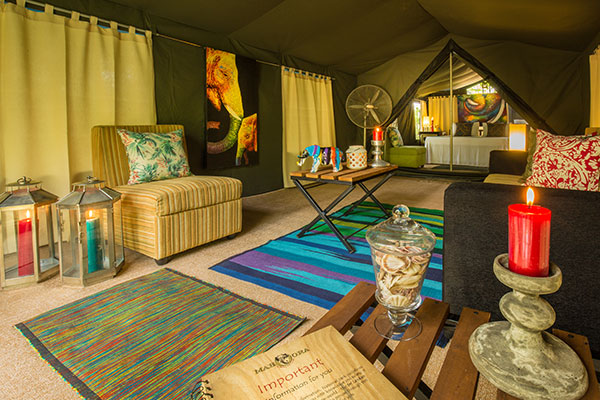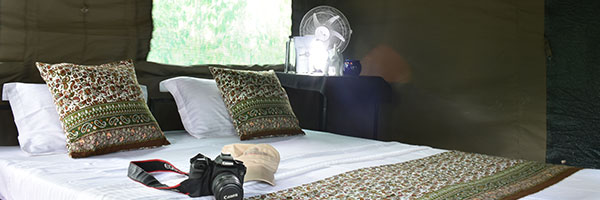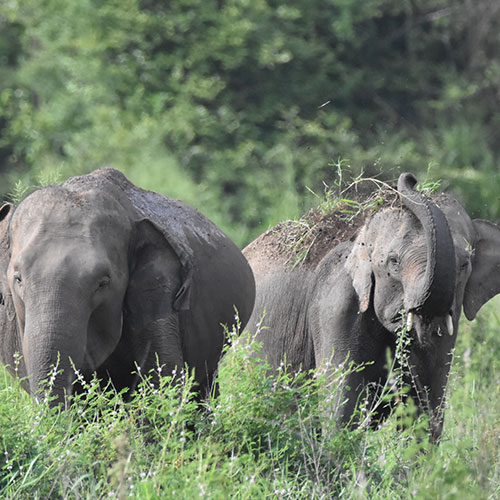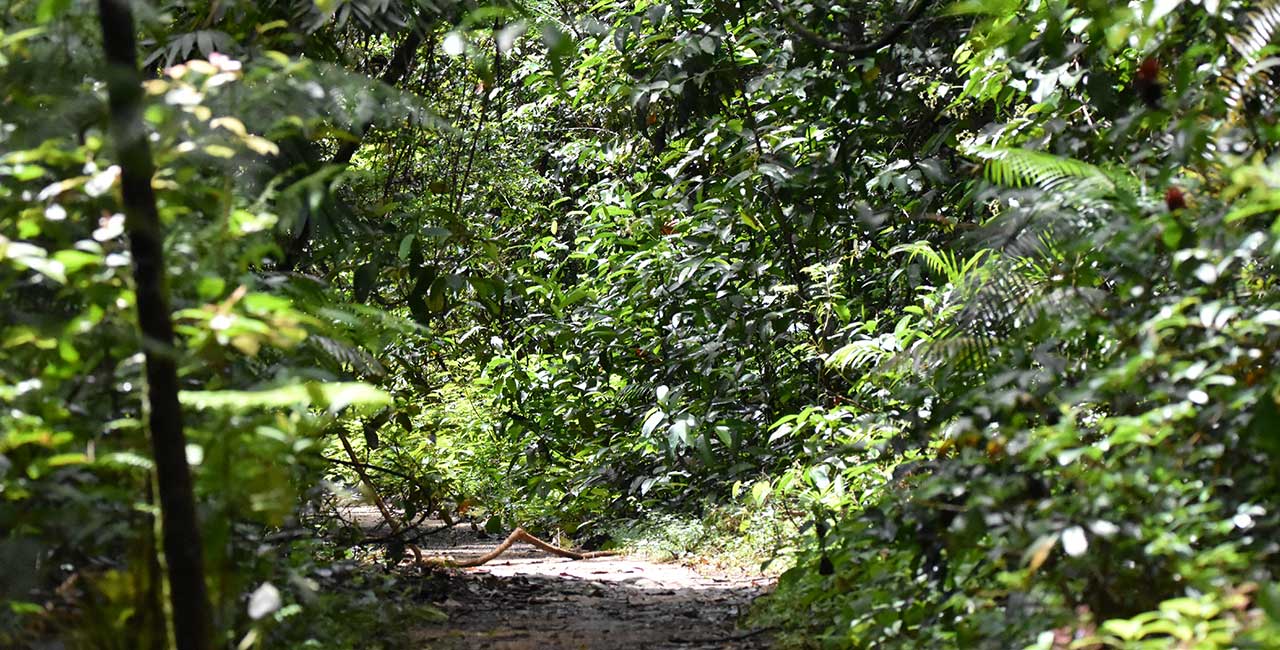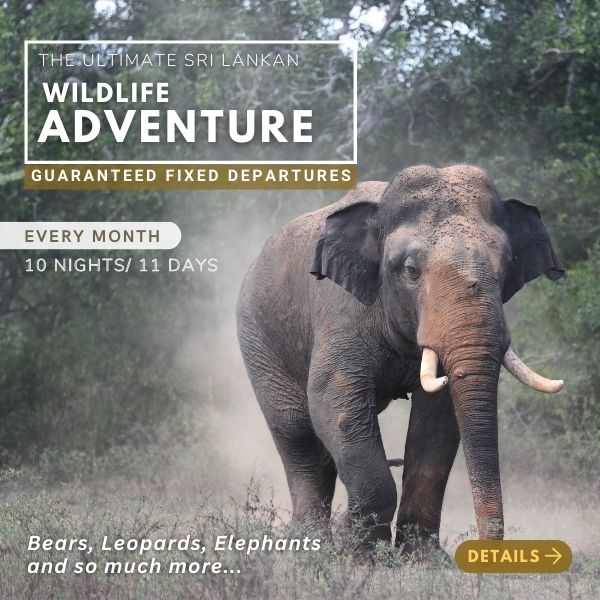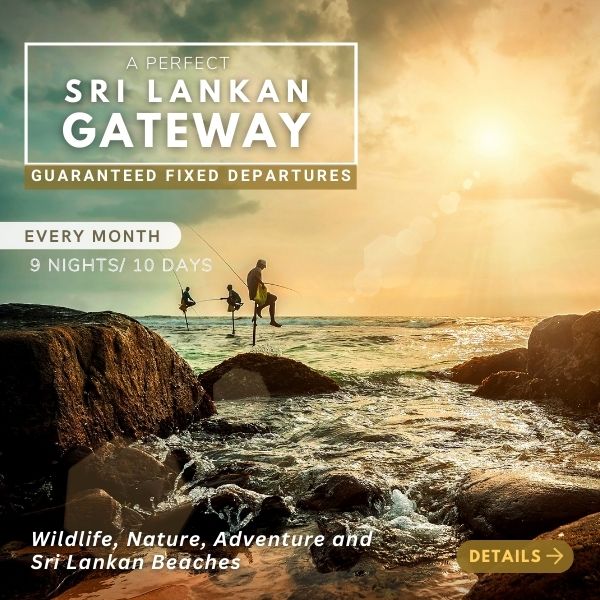Endemic Birds at Sinharaja Rainforest Sri Lanka
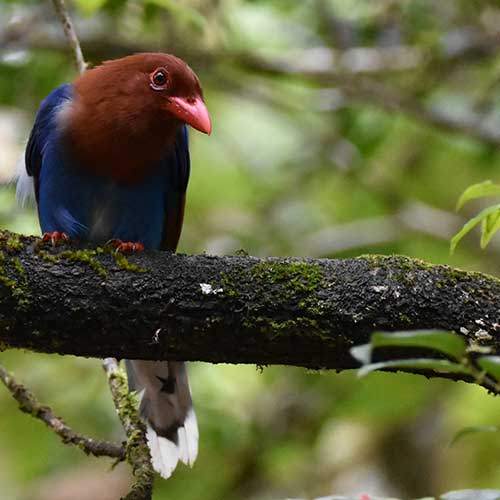
Mammals at the Sinharaja Rainforest Sri Lanka
Though seldom sighted, it is estimated that 15 Sri Lankan Leopards live within the confines of this nature reserve while the Brown Mongoose and the Golden Palm Civet have been occasionally spotted. The most commonly seen primate however is the Purple Faced Leaf Monkey.
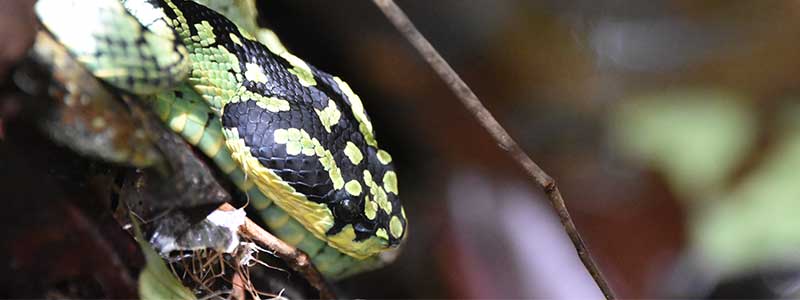
Reptiles & Amphibians at Sinharaja Nature Reserve
Getting the most out of your Sinharaja Rainforest Bird and Nature Tour
Flora at Sinharaja Rainforest Sri Lanka
Discover a humid, Wet Evergreen Forest with a high degree of endemism. The untapped genetic potential of Sinharaja flora is enormous; out of the 211 woody trees and lianas so far identified within the reserve, 139 (66 percent) are endemic to Sri Lanka. Similarly, high levels of endemism are perhaps true for the lower plants like ferns, and out of the 25 which are endemic to Sri Lanka, 13 are represented in the Sinharaja Rainforest. The total vegetation density, including trees, shrubs, herbs and seedlings has been estimated to be around 240,000 plants per hectare of which 95 percent comprise those of the ground layer, below 1m in height.
Sinharaja Rainforest History and Geography
This unique forest covers an area of approximately 11,200 hectares, measuring 21 kilometres from east to west, and just less than 4 kilometres from north to south. The Sinharaja Rainforest is situated in the southwest lowland wet zone of Sri Lanka and extends into the administrative districts of Ratnapura, Galle and Matara. The forest consists of a series of continuous ridges, aligned approximately in an east-west direction and lies between the tributaries of the Kalu Ganga (river) to the north and the Gin Ganga to the south.
The elevation of the Sinharaja Reserve ranges from 200 to 1,300 metres. It has a rolling terrain and the Hinipitigala Peak is the tallest, rising up to approximately 1,150 metres. Other important mountains in the reserve range between 550 to 900 metres in height, namely Moulawella (760 m), Kosgulana (797 m), Sinharaja (742 m), Kohilearambe (575 m), Dotalugala (769 m) and Tibbottagala (904 m).
